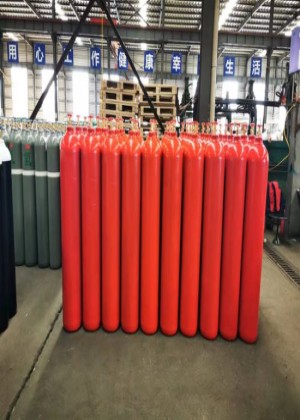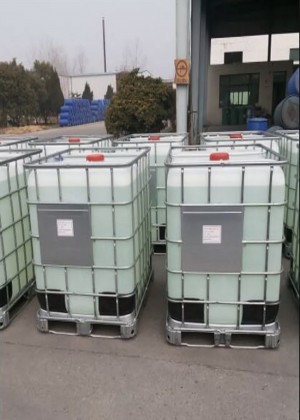Endrin
Endrin Is A Chemical Compound That Was Used Primarily As An Insecticide, But It Is No Longer Commonly Used Due To Its Toxicity And Environmental Impact. Here’s A Detailed Look At Its Specifications:
Chemical Properties
- Chemical Formula: C12H8Cl6O
- Molecular Weight: 403.91 G/mol
- Appearance: White Crystalline Solid
- Odor: Slightly Aromatic
- Melting Point: 174–176 °C
- Boiling Point: 220 °C (decomposes)
Chemical Classification
- Pesticide Type: Organochlorine Insecticide
- IUPAC Name: 1,2,3,4,10,10-Hexachloro-1,4,4a,5,6,7,8,8a-octahydro-1,4-methanonaphthalene
- CAS Number: 72-20-8
Usage
- Primary Uses: Insecticide For Agricultural Crops, Especially Cotton And Vegetables
- Application Method: Sprayed Or Applied Directly To Crops
Toxicity And Environmental Impact
- Acute Toxicity: Highly Toxic To Humans And Animals. Can Cause Symptoms Such As Nausea, Vomiting, Headache, Dizziness, And In Severe Cases, Convulsions And Death.
- Chronic Toxicity: Long-term Exposure May Lead To Neurological Damage And Cancer.
- Environmental Impact: Persistent In The Environment, Bioaccumulates In The Food Chain, And Can Be Harmful To Wildlife.
Regulations And Safety
Due To Its High Toxicity And Environmental Persistence, Endrin Has Been Banned Or Severely Restricted In Many Countries. Regulatory Agencies Like The Environmental Protection Agency (EPA) And The European Union Have Classified It As A Substance Of Concern And Have Enforced Regulations To Mitigate Its Use And Mitigate Its Impact.
If You’re Working With Or Studying Endrin, It’s Essential To Follow Safety Protocols And Adhere To Local Regulations To Ensure Safety And Environmental Protection.




